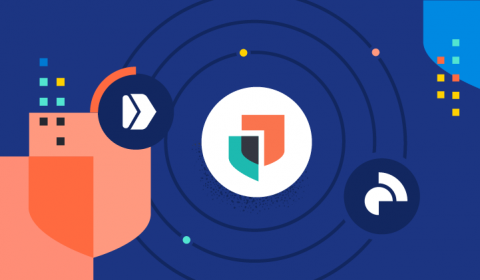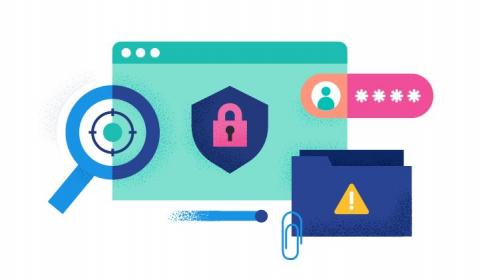Data compliance in public sector: Making data secure and accessible isn't mutually exclusive
In the UK, the Information Commissioner’s Office (ICO) has the responsibility of upholding information rights in the public interest. The ICO work with businesses and public sector organisations to offer guidance and best practices for using data and information responsibly, as well as regulating and enforcing relevant laws.










